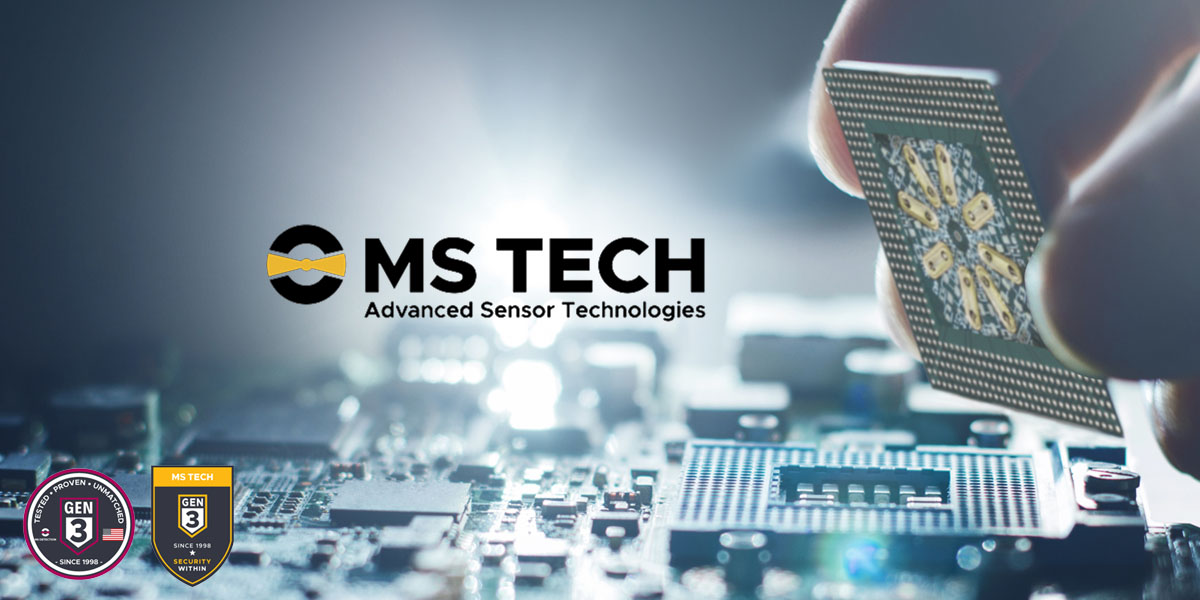The Evolution of Body Worn CCTV: How Technology is Changing Law Enforcement

Body-worn cameras have become an integral part of law enforcement in recent years, offering a valuable tool for officers to capture evidence and ensure accountability during interactions with the public. The technology has evolved significantly since its inception, with advanced features and capabilities transforming the way police departments operate. This article explores the evolution of body-worn CCTV and examines how technology is reshaping law enforcement practices.
Advancements in Body-Worn CCTV
High-definition Video Quality
- Modern body-worn cameras are equipped with high-definition video recording capabilities, allowing for clear and detailed footage to be captured.
- This high-quality video evidence is invaluable in investigations, court proceedings, and officer training.
Improved Audio Recording
- Many body-worn cameras now feature enhanced audio recording capabilities, capturing clear and accurate sound during interactions.
- High-fidelity audio is crucial for documenting verbal exchanges, statements, and other important auditory details.
Wide-Angle Lens and Night Vision
- Body-worn cameras are often equipped with wide-angle lenses, providing a broader field of view to capture more of the surrounding environment.
- Moreover, night vision technology enables officers to record clear footage in low light or dark conditions.
Impact on Law Enforcement
Enhanced Transparency and Accountability
- Body-worn CCTV promotes transparency by providing an unbiased record of interactions between officers and the public.
- Accountability is increased as both law enforcement and civilians are aware that their actions are being recorded.
Training and Professional Development
- Video footage captured by body-worn cameras is a valuable tool for training new officers and conducting performance evaluations.
- Reviewing real-life scenarios helps officers improve their decision-making skills and learn from past incidents.
Evidence Collection and Criminal Prosecution
- Body-worn CCTV footage is crucial in collecting evidence for criminal investigations and prosecutions.
- The video recordings serve as objective documentation of events, aiding in the fair and just resolution of cases.
Challenges and Considerations
Privacy Concerns
- One of the main challenges associated with body-worn CCTV is balancing the benefits of enhanced evidence collection with concerns over privacy rights.
- Clear policies and guidelines must be established to address when and where cameras should be activated to respect individual privacy.
Data Storage and Management
- The large volume of video data generated by body-worn cameras poses challenges for storage and management within police departments.
- Agencies must invest in secure and efficient systems to store, catalog, and retrieve video footage as needed.
Technical Limitations and Reliability
- Despite technological advancements, body-worn cameras may face technical issues such as battery life, connectivity issues, or recording malfunctions.
- Regular maintenance and testing are essential to ensure the reliability and effectiveness of the cameras in the field.
Future Trends and Innovations
Artificial Intelligence Integration
- Advances in artificial intelligence (AI) technology are being incorporated into body-worn cameras to automate tasks such as facial recognition, object detection, and transcription of audio recordings.
- AI-driven features can enhance the efficiency and accuracy of video analysis, providing valuable insights for law enforcement agencies.
Live Streaming and Real-Time Communication
- Body-worn cameras with live streaming capabilities allow supervisors and command centers to view events in real-time, providing immediate support to officers in the field.
- Real-time communication features enable seamless coordination and information sharing during critical incidents.
Data Integration and Interoperability
- Integration with other technologies and systems, such as in-car cameras, drones, and dispatch systems, enables a more comprehensive and connected approach to law enforcement operations.
- Interoperability allows for seamless data sharing and analysis across different platforms, improving overall situational awareness and decision-making.
In conclusion, the evolution of body-worn CCTV technology has had a profound impact on law enforcement, enhancing transparency, accountability, and evidence collection. As advancements continue and new innovations are introduced, police departments must adapt and leverage these tools effectively to improve public safety and uphold the principles of justice.